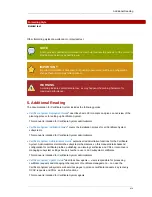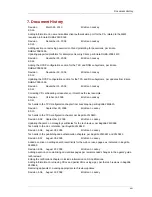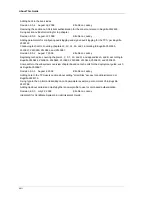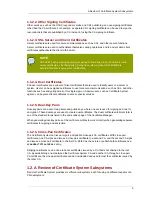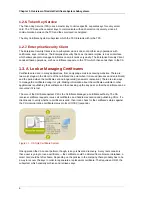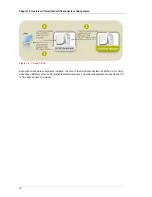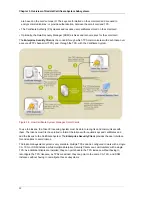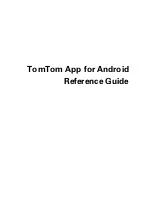
Chapter 1. Overview of Red Hat Certificate System Subsystems
2
An email message that includes a digital signature provides some assurance that it was sent by the
person whose name appears in the message header, thus authenticating the sender. If the digital
signature cannot be validated by the email software, the user is alerted.
The digital signature is unique to the message it accompanies. If the message received differs in
any way from the message that was sent, even by adding or deleting a single character, the digital
signature cannot be validated. Therefore, signed email also provides assurance that the email has not
been tampered with. This kind of assurance is known as nonrepudiation, which makes it difficult for the
sender to deny having sent the message. This is important for business communication.
S/MIME also makes it possible to encrypt email messages, which is important for some business
users. However, using encryption for email requires careful planning. If the recipient of encrypted email
messages loses the private key and does not have access to a backup copy of the key, the encrypted
messages can never be decrypted.
1.1.1.3. Single Sign-on
Network users are frequently required to remember multiple passwords for the various services they
use. For example, a user might have to type a different password to log into the network, collect email,
use directory services, use the corporate calendar program, and access various servers. Multiple
passwords are an ongoing headache for both users and system administrators. Users have difficulty
keeping track of different passwords, tend to choose poor ones, and tend to write them down in
obvious places. Administrators must keep track of a separate password database on each server
and deal with potential security problems related to the fact that passwords are sent over the network
routinely and frequently.
Solving this problem requires some way for a user to log in once, using a single password, and get
authenticated access to all network resources that user is authorized to use-without sending any
passwords over the network. This capability is known as single sign-on.
Both client SSL certificates and S/MIME certificates can play a significant role in a comprehensive
single sign-on solution. For example, one form of single sign-on supported by Red Hat products
relies on SSL client authentication. A user can log in once, using a single password to the local
client's private-key database, and get authenticated access to all SSL-enabled servers that user is
authorized to use-without sending any passwords over the network. This approach simplifies access
for users, because they don't need to enter passwords for each new server. It also simplifies network
management, since administrators can control access by controlling lists of certificate authorities
(CAs) rather than much longer lists of users and passwords.
In addition to using certificates, a complete single-sign on solution must address the need to
interoperate with enterprise systems, such as the underlying operating system, that rely on passwords
or other forms of authentication.
1.1.1.4. Object Signing
Many software technologies support a set of tools called
object signing
. Object signing uses standard
techniques of public-key cryptography to let users get reliable information about code they download in
much the same way they can get reliable information about shrink-wrapped software.
Most important, object signing helps users and network administrators implement decisions about
software distributed over intranets or the Internet-for example, whether to allow Java applets signed by
a given entity to use specific computer capabilities on specific users' machines.
Summary of Contents for CERTIFICATE SYSTEM 8.0 - ADMINISTRATION
Page 42: ...20 ...
Page 43: ...Part I Setting up Certificate Services ...
Page 44: ......
Page 190: ...168 ...
Page 208: ...186 ...
Page 223: ...Part II Additional Configuration to Manage CA Services ...
Page 224: ......
Page 256: ...234 ...
Page 270: ...248 ...
Page 280: ...258 ...
Page 292: ...270 ...
Page 293: ...Part III Managing the Subsystem Instances ...
Page 294: ......
Page 408: ...386 ...
Page 438: ...416 ...
Page 439: ...Part IV References ...
Page 440: ......
Page 503: ...Netscape Defined Certificate Extensions Reference 481 OID 2 16 840 1 113730 13 ...
Page 504: ...482 ...
Page 556: ...534 ...
Page 564: ...542 ...










